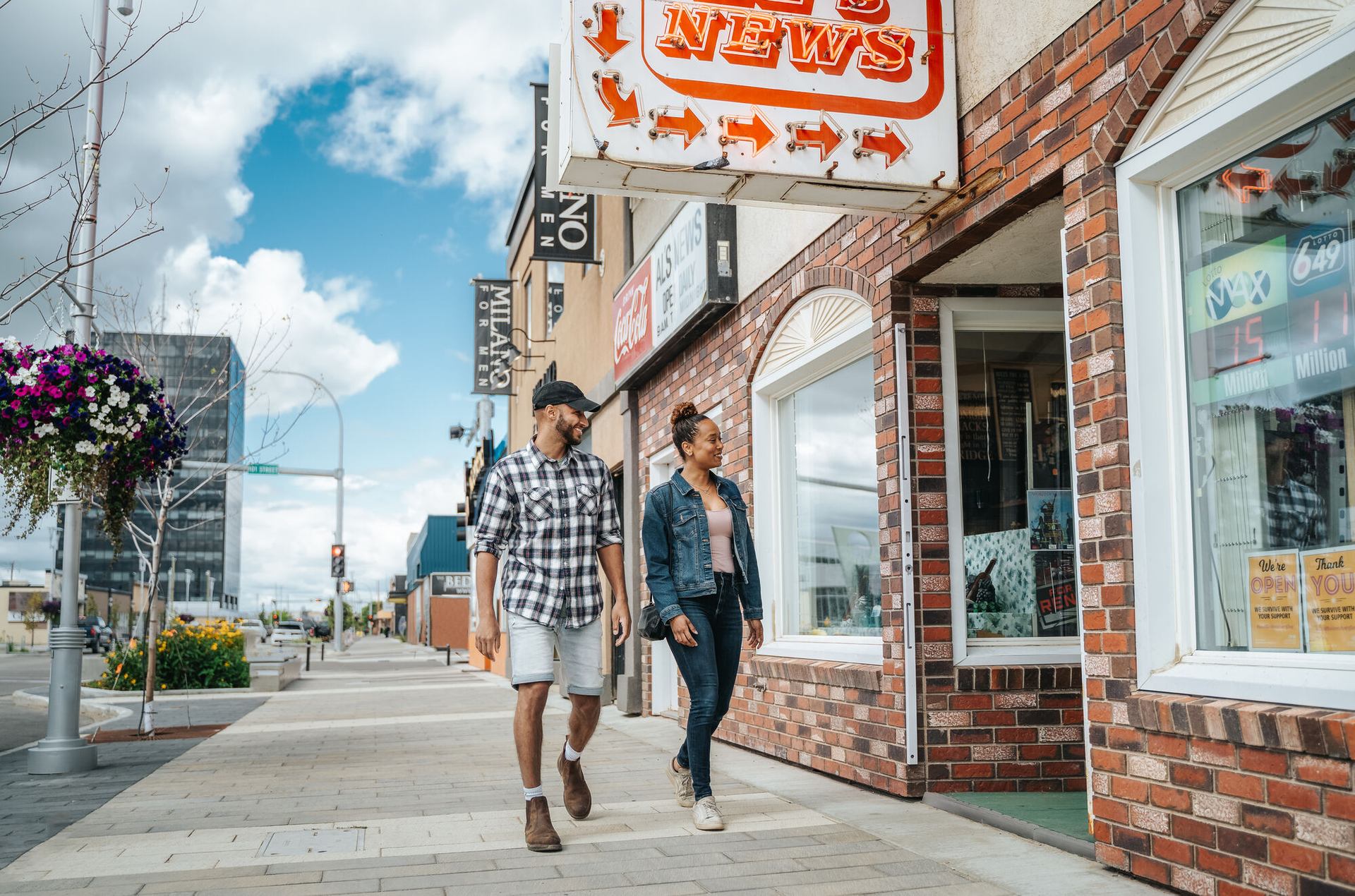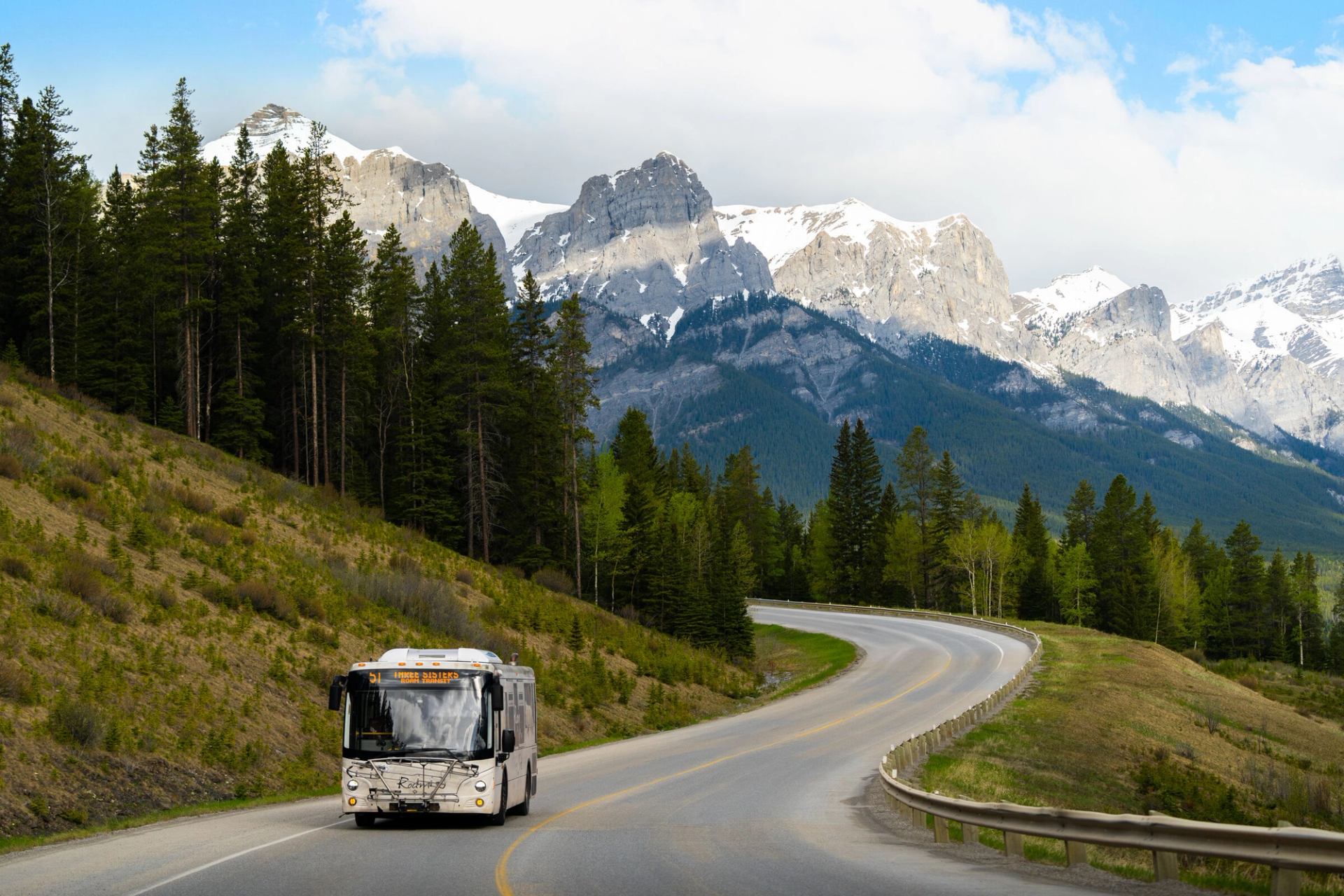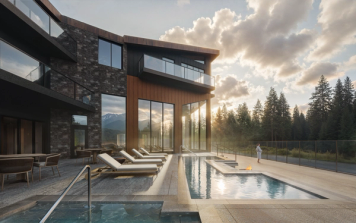Tourism isn’t just a fun industry; it’s a powerful economic driver that brings measurable benefits to communities and their residents.
For communities that embrace tourism, the opportunities are endless. Across the province, communities that invest in their visitor economies are making more and their residents are paying less, while benefitting from incredible infrastructure and amenities that make their destinations a great place to visit, work and live.
So, what does that mean? After comparing similar communities across the province, we found that those with strong visitor economies reaped countless rewards compared to their non-tourism counterparts, including:
- Twice the municipal revenues: Communities with strong visitor economies make on average 2x more municipal revenues per capita compared to their non-tourism counterparts.
- Lower residential taxes: Residents in tourism-driven communities on average 70% less in residential property taxes compared to those in non-tourism towns.
- Enhanced Amenities: Revenue from tourism supports better public services and amenities, including public transportation, parks, community centres, restaurants, cultural venues, and recreational opportunities.
- Increased Entrepreneurship: Tourism creates a steady customer base for local businesses, fostering a thriving entrepreneurial environment and boosting local job opportunities. In 2023, a tourism-driven community had nearly 200% more business licenses (new and renewals) than its comparable non-tourism-driven town.
For municipalities and businesses alike, the numbers are clear: investing in tourism is an investment in economic, social, and cultural development. It’s not just about attracting visitors—it’s about building stronger, more vibrant communities that benefit everyone involved.





